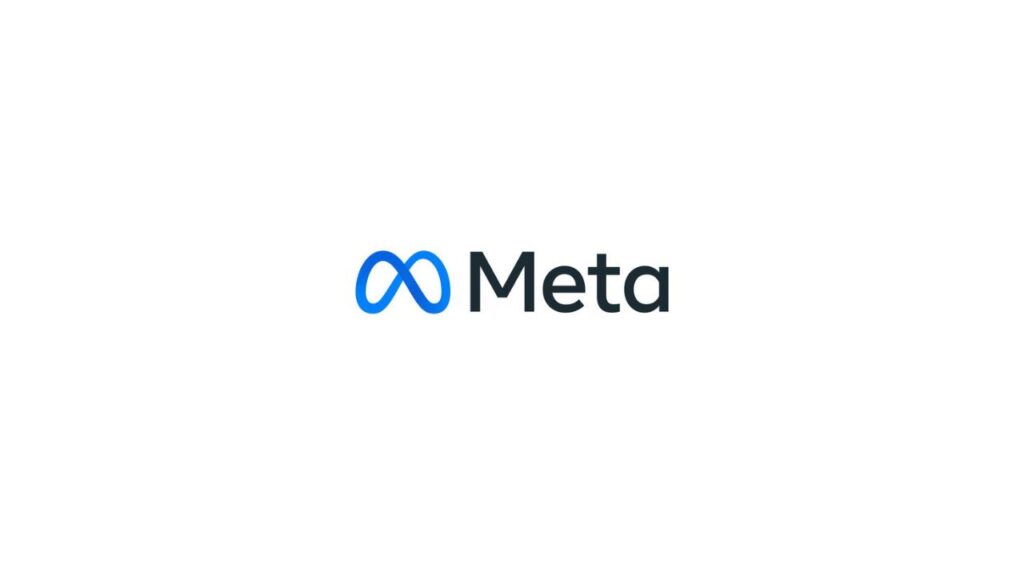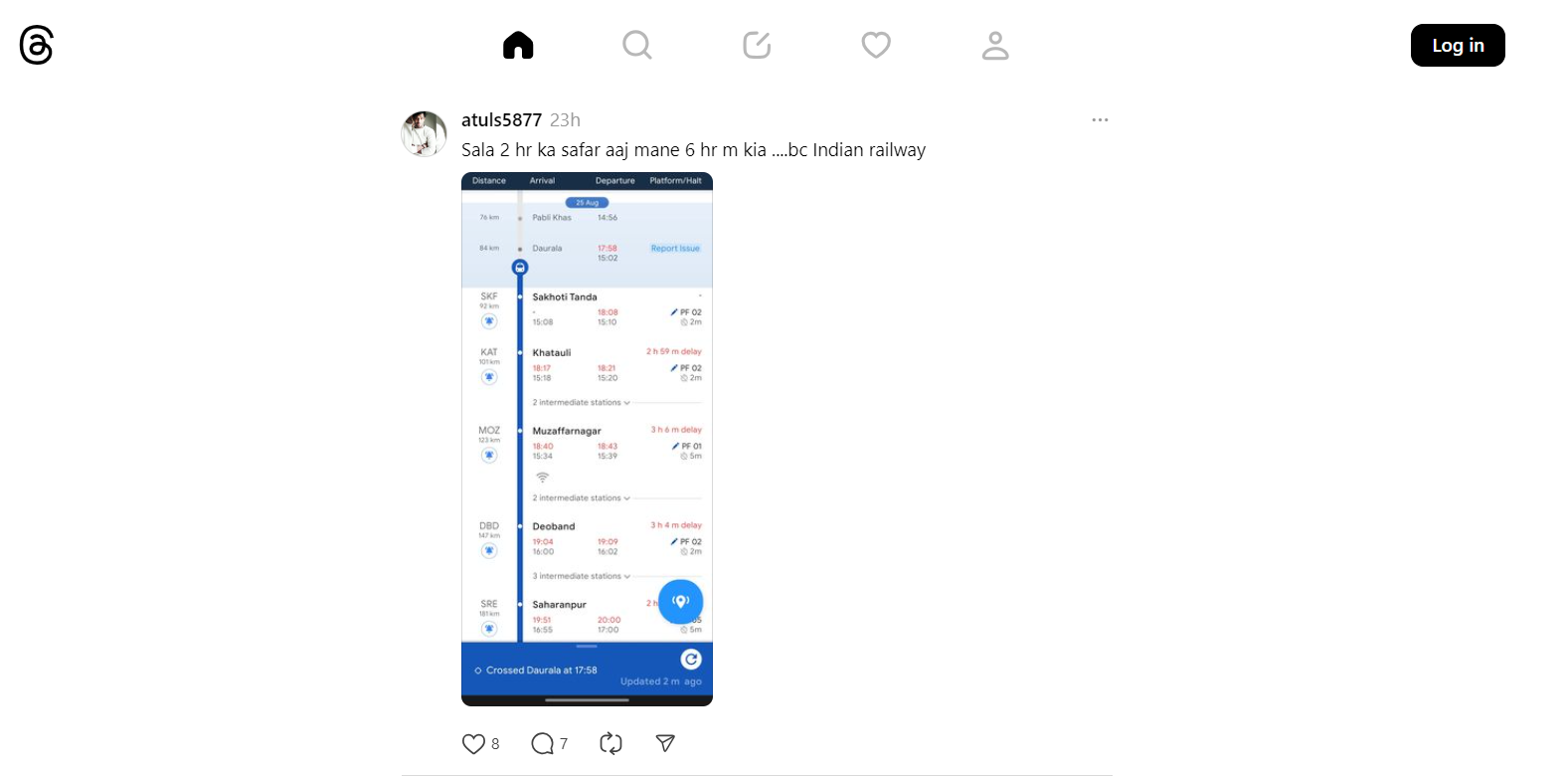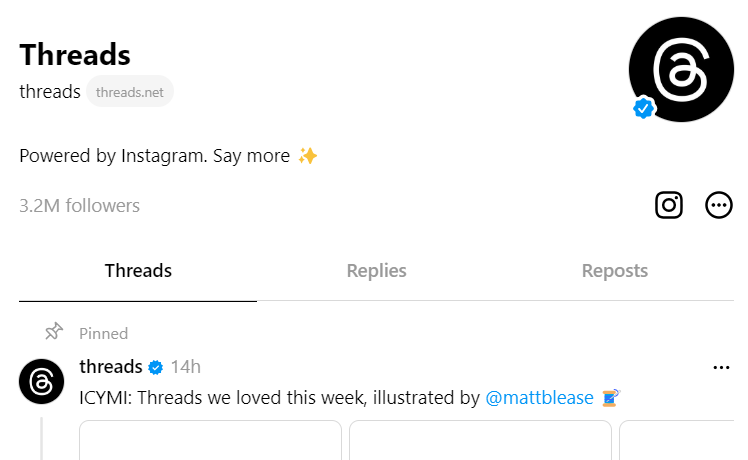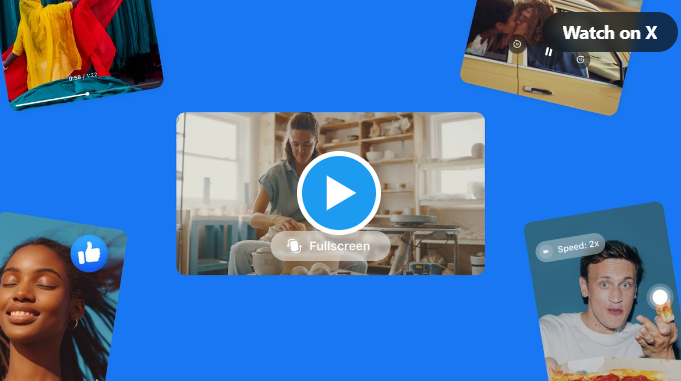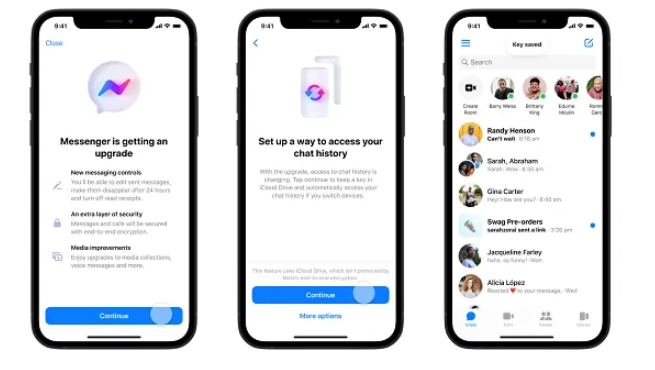Meta, the parent company of popular social media platforms like Facebook and Instagram, recently unveiled a new line of AI chatbots to enhance user experience on its messaging platforms. These chatbots, based on Meta’s LLaMA 2 language model, are designed to provide a wide array of services including answering questions, trip planning, generating images from text prompts, and real-time results from Microsoft’s Bing search.
In a statement at the Meta Connect conference, Meta President of Global Affairs, Nick Clegg, clarified the data used to train the AI assistants. Clegg stated that while public Instagram and Facebook posts were used, Meta explicitly excluded private posts with family and friends, as well as private chats on its messaging service. The company took care to avoid datasets containing a heavy preponderance of personal information, ensuring that privacy was respected in the training process.
The basis for Meta’s AI model, the LLaMA 2 language model, was initially released in July. This forms a significant part of the foundation for the newly introduced AI chatbots, assisting in their development and capabilities.
One of the notable features of Meta’s latest offering is the integration of 28 AI-powered characters across its messaging platforms. These characters, some modeled after well-known celebrities like Snoop Dogg, Kendall Jenner, and Tom Brady, aim to enhance user engagement and provide a unique experience in interactions with the AI assistants.
While the chatbots have been launched in limited beta, they are yet to roll out to the general public. Users can expect an array of enhanced services and interactions with these AI assistants as Meta continues to innovate and refine its AI technology.
In summary, Meta’s incorporation of public social media data to train its AI assistants reflects a commitment to utilizing available data while respecting user privacy. The introduction of AI chatbots and AI-powered characters demonstrates Meta’s continuous efforts to enhance user engagement and offer valuable services across its messaging platforms.

